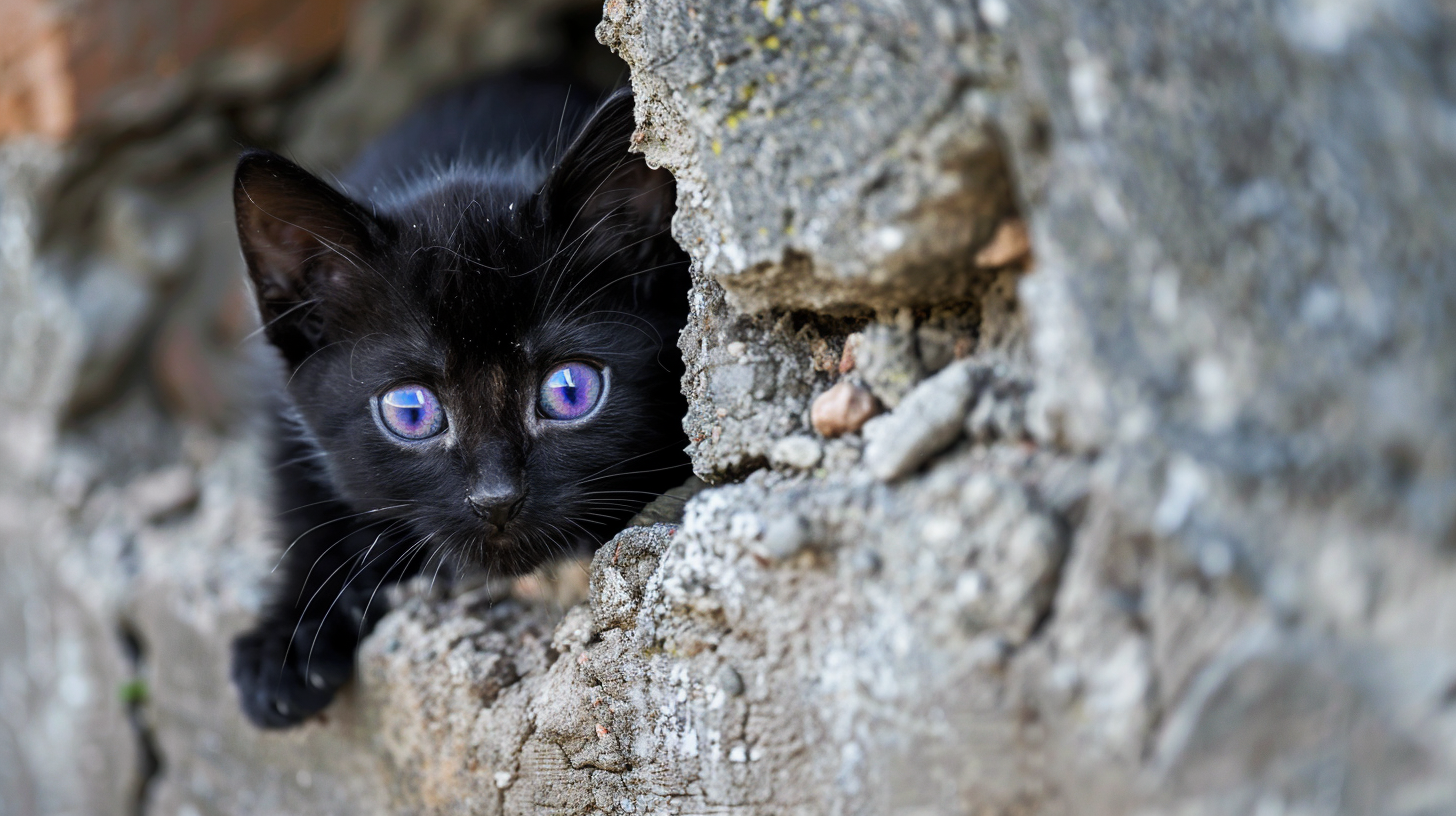Driving Away the Thought of Self-Harm
Caution: dangerous curves ahead

Not long ago, my mental health deteriorated to the point I believed suicide was the only resolution. It was the worst I had felt since beginning gender transition in July 2022, which improved my state of mind so dramatically, I decided I needed to tell the world - ultimately, the reason you're reading this article.
Considering suicide is not new to me. The dramatic exit is a low-grade gnawing at the back of my brain. Childhood trauma, mental health issues, and gender dysphoria resulted in four attempts to date, the first at the age of ten. I couldn't begin to count the number of times I've ideated about suicide and the solution it provides.
But my wife observed my recent behavior was new. I've certainly been depressed and despondent in the past, but driving away with a comprehensive plan to execute was not something I had done before.
In the moment, my behavior made sense. But looking back, I agree - there was a clarity and purpose to my actions that was absent before I began gender transition. To be clear, my behavior was not caused by regret at having transitioned gender. I maintain that beginning transition is the best decision I made for long-term mental health.
Why, then, was my behavior different this time?
Typical (horrible) behavior
Perhaps it makes sense to define what "typical behavior" means. For much of my life, typical hurt behavior was to withdraw to my bedroom or apartment, quiet myself, then direct every bit of my anger and fear toward myself.
I cut myself or hurt myself emotionally, destroying my property and damaging relationships. But the self-harm / self-care stayed at home. It infrequently involved other people. Nobody knew I did it unless I was caught in the act (although people certainly noticed scabs and scars when I stopped covering the wounds).
In 2013, I quit abusing alcohol after beginning several self-care regimens, including meditation and regular exercise. My pain did not decrease - previous coping mechanisms had served only to push pain down for a short while, not to process it and heal.
Instead of waking up with a hangover and several new wounds to cover, I crawled into bed and stared at the wall. I call these periods "episodes," because they involve dissociation - what is termed a "fugue state," in which I could lose hours or days. In a state between waking and sleep, I could forget the pain or wait until work called (the latter of which was certainly more frequent).
Although I view the change toward dissociative fugue states as positive - I did not accrue any new scars - the episodes recurred. I still never processed the pain.
Learning to feel
When I began gender transition, I gained the ability to identify emotions and to feel them directly. Previously, I would feel...something uncomfortable...and stuff it down, never to be dealt with.
This change is important - feeling emotions is the first step in processing them. It represents a major shift in how I interact with the Universe as a whole. Now feelings don't need to be bottled up - I can let them out, the beautiful as well as the terrible.
Fugue states still occur, albeit rarely. When they occur, however, now I sense when the frantic begins. As opposed to shutting down, I stay alert(ish) and observe what's happening. I may still become unresponsive - the key, however, is that I stay more in the moment.
The irony of this benefit is that to stay in the moment is much more difficult to experience. I feel that pain. I do not shut it out, and it hurts.
I might be re-experiencing fear and pain I initially experienced as a child, and simply dissociated away. Although I survived the trauma, the pain was left to hurt again another day. I locked it away and let it sit - this could be 50-year old fear and pain.
Now, however, I have the ability to do something about it. Because of gender transition, my body and soul are more resilient and more capable of withstanding the pain. Now I am able to face it.
Healing through feeling
Feeling my fear and pain is certainly a good thing - it means I have the opportunity to use it, to do something with it, and maybe to heal it. Unfortunately, my skill at processing fear and pain is low. What I need is practice. Perhaps if I'd felt these emotions earlier in life - say, as a teenager, when humans typically begin to learn to care for themselves - I would know how to handle them better.
But much of my identity, including cognition and behavior, has been locked up inside my head. Now I can let her out..and now I know how difficult and painful this is going to be. I'm still not well-equipped to deal with these experiences as I feel them, but I have lowered the barrier to learning how to do it.
Part of me wants to believe lowering barriers is bad - that letting the fear and pain into my life is likely to result in more fear and pain. After all, these feelings are new and - more to the point - uncomfortable for being so unfamiliar. That part of me would like to keep the fear and pain away - to send it off to Tumbolia, the Land of Unfinished Sneezes.
But another part of me rejoices - with the ability to experience the fear, the pain, the difficult aspects of having grown up in the social environment I did, I also gain the ability to experience the equanimity, the joy, and the love in my social environment today.
Trading pain for life
To return to the original question: why did I drive away, never intending to return? Why did a new pattern of behavior emerge? I have a few ideas.
The new, uncomfortable feelings are scary. Unfamiliarity in feeling anything at all makes them worse: feelings are amplified in the way every creak in an old house sounds like a monster's footstep in the dead of night to a frightened child. My reaction to these feelings will be knee-jerky. I'm accustomed to sealing them off and not thinking about them. Now I am forced to think about them.
That said, I have few defenses at this point. My 53-year old existence functions at the level of a 4-year old. I suspect I will learn techniques to deal with these feelings at an accelerated rate, but I do need to learn them...and learning has to come from feeling them.
Unfortunately, I must be in a bad situation in order to learn how to handle a bad situation. Although I contemplated suicide many times in the past, and even made several half-hearted attempts, I never had to experience these situations in full force. Instead, I could simply make a gesture - say, cutting myself - and lie down to dissociate it away.
In the face of very powerful emotions - experiencing both the futility of my Quest to Become Assigned Female at Birth and the fragility of my support network - I crumbled. But I had the awareness and the energy to move, to make plans, to execute my plan when I would have lain down and slept it off before.
My defense mechanism has been removed; the training wheels fell off. Now I have no choice but to feel the fear, to experience the pain, and to decide if my life is an even trade.
Driving back home
Clearly, I found my life is not an even trade. I have much more I must do here and cannot take that route - certainly not yet.
I finally learned how to feel comfortable with myself and as myself. I finally look in the mirror and believe I'm pretty, because I'm looking at the real person. I finally feel the ups and downs of a life mostly unlived and experience the joy, beauty, and fragility of being alive.
This feeling is exciting. This feeling is terrifying. I must learn how to live, which certainly isn't going to be easy. But that feeling pulled me back home to deal with the chronic pain as opposed to one more acute sharp pain and no more.
I think I'm up to the task. Gender transition has allowed me to find tools inside and out I never dreamed could exist. It is intoxicating, even exhilarating, to consider moving forward, possibly healing, possibly living the life of a 53-year old woman who never had to lock away the fear and pain of a 4-year old boy.
There is a whole world of people who embraced Amethysta as a good person already. I know a good life exists...and this time, it isn't an abstraction, something that happens to other people, a story about a friend of a friend. This time, the story is real, and I'm the protagonist.
The past few months have driven me further away from my support network. I did not know how to use it properly. I must beg forgiveness for being so ignorant and hope my network understands it wasn't because I didn't value them, it was because I couldn't value myself. All I can say - now that I'm back, now that I have some time, some opportunity to consider and to work through what happened to me - is I've begun to learn the lesson.
I know I'm not going to do it right from now on. I'll mess up again. I'm a young girl learning about life. I'll try my best. I'll do my best. I wasn't ready then; I'm ready now. Take my hand and let's learn about this new little girl in a woman's body.




